Galaxy S25 Edge vs iPhone 17 Air: Everything we know so far

Intro
We are entering a new era: super thin phones are set to become the new rage in 2025.
Samsung has already revealed the Galaxy S25 Edge, a super-slim device that is expected to arrive by May 2025, while Apple is rumored to bring a new iPhone 17 Air in September. Apple's slim model is projected to shake things up in iPhone land in a big way, replacing the "Plus" model from the lineup.
While we don't have all the details about either phones yet, there are many leaks and rumors that give us a decent understanding of what's coming. Let's take a look.
Galaxy S25 Edge vs iPhone 17 Air expected differences:
| Galaxy S25 Edge | iPhone 17 Air |
|---|---|
| 6.7-inch screen size | Similar, 6.6" or 6.7" screen size |
| 5.84 mm thickness | Possibly even thinner - 5.5 mm |
| Weight under 162 grams | Similar weight |
| Snapdragon 8 Elite chip (8-core) | Possibly A19 chip |
| 12 GB RAM | 8 GB RAM |
| Two rear cameras | One rear camera |
| 200 MP main camera, same as on S25 Ultra | 48 MP main camera, same as on iPhone 17 |
| 12 MP ultra-wide camera | No ultra-wide camera |
| 3,900 mAh battery | Unknown battery size |
| 25 W wired charging | 20 W wired charging likely |
| Wireless charging support unclear | Wireless charging support unclear |
| Priced close to S25 Plus ($1,000), possibly slightly higher | Price below Pro models, possibly around $900 |
Learn more in our in-depth Galaxy S25 Edge vs iPhone 17 Air specs comparison
Table of Contents:
Design and Size
Thin is in
Both the Galaxy S25 Edge and iPhone 17 Air are expected to feature a screen size of around 6.7 inches, so they will be on the larger side.
However, thanks to their super slim construction, the weight of these phones will be that of a small phone. The Galaxy S25 Edge is said to weigh less than the 6.2-inch Galaxy S25, which itself is the lightest compact phone in 2025. We expect something similar from the iPhone 17 Air.
So, we also keep on saying they will be slim, but how slim exactly?
For the Galaxy S25 Edge we have an exact number — 5.84 mm of thickness. For the iPhone 17 Air, we are not so certain yet, but rumors float the number 5.5 mm, which is even thinner than the Galaxy.
Are these the thinnest phones to ever exist? Not really! A few years ago, in 2018, the Motorola Moto Z (the one with the Moto Mods) was a popular flagship measuring just 5.2 mm thick! There were a few other super thin models from some less popular brands from China too. If we look at more recognizable phones, the iPhone 16 series were around 6.9 mm, so these new models will be a bit thinner than that.
Compared to foldable phones, these are actually not as thin. The current record holder there is the Oppo Find N5. When you unfold that phone, it opens to a slab with a thickness of just 4.2 mm.
Phone Thickness Comparison
| Phone | Thickness |
|---|---|
| Oppo Find N5 (foldable, 2025) | 4.2 mm (unfolded) |
| Oppo R5 (2014) | 4.9 mm |
| Motorola Moto Z (2016) | 5.2 mm |
| iPhone 17 Air (coming in Sept, 2025) | 5.5 mm |
| Galaxy S25 Edge (coming by May, 2025) | 5.84 mm |
| Galaxy S25 Plus | 7.3 mm |
| iPhone 16 Pro Max | 8.3 mm |
One big question that arises with thinness is durability. After all, some of us still remember the way the iPhone 6 Plus folded when you applied more pressure to it. However, we are not too concerned about that. Both companies would certainly do their best to avoid such a scenario, and Apple just recently made a super slim iPad that was plenty durable.
We also expect no less than IP68 water and dust protection from both models.
We still don't know much about the colors these phones will be available in. So far, we have only seen a leak of the Galaxy S25 Edge in a beautiful silver finish, but we'll update you once we learn more about the colors.
Display Differences
With a screen size of roughly around 6.7 inches, both the S25 Edge and iPhone 17 Air will offer plenty of screen real estate.
The iPhone 17 Air is also expected to get 120 Hz ProMotion technology for the first time on a non-Pro iPhone, so that's great. Of course, Samsung has been doing that for years.
We are yet to hear more about the display details: the screen brightness for these models is still an unknown.
As for biometrics, we expect the usual — an ultrasonic fingerprint reader embedded in the display on the S25 Edge and Face ID on the iPhone.
Performance and Software
Snapdragon 8 Elite vs Apple's new chip
While some early rumors suggested the Galaxy S25 Edge might have slightly compromised performance, the latest leaks are more reassuring. The S25 Edge is likely to feature the same Snapdragon 8 Elite as all other Galaxy S25 models.
As for the iPhone 17 Air, it is likely to run on Apple's upcoming A19 chipset. There are no specifics about that chip just yet, but we will update you once they appear.
The Galaxy will have an advantage with 12 GB of RAM on board compared to an expected 8 GB RAM on the iPhone.
Both phones will support AI, though, so at least that will not be a concern.
We still don't know much about storage. The Galaxy S25 Plus base model comes with 256 GB of storage, so it would be nice to have the same amount on the S25 Edge too.
As for the iPhone 17 Air, if rumors about its $900 price remain, chances are it will have 128 GB storage in the base configuration.
Camera
One vs two
Slim phones have to make some concessions and apart from a smaller battery, the other concession these two make is with regards to cameras.
The Galaxy S25 Edge has two cameras, while the iPhone 17 Air is expected to feature only one rear camera.
As for the Galaxy, it is projected to have a 200 MP main camera, using the same hardware as the Galaxy S25 Ultra, while the secondary camera will be an ultra-wide one with a 12 MP sensor borrowed from the S25 Plus. So that means no telephoto camera on the Galaxy.
The iPhone is expected to feature a single 48 MP main camera.
We are yet to see how people react to this. Some will be outraged, but we are not sure the ultra-wide camera gets all that much use anyway and for us, a telephoto camera would be a better addition (and both phones DON'T have one).
Battery Life and Charging
Worse than a regular phone, but how much worse?
Multiple leaks now agree that the Galaxy S25 Edge will come with a 3,900 mAh battery, even smaller than the one on the vanilla S25 model.
And we expect the iPhone 17 Air to also have a small battery, likely even smaller than the one on the Galaxy.
It's still too early to say what this means for real-world battery life, but one thing is clear — these two phones will NOT win battery benchmarks. What's more likely is that they will be one-day battery phones with similar battery life as the one on much smaller phones.
As for charging, we project 25 W charging speeds on the Galaxy and the usual 20 W charging on the iPhone.
It's still not clear if these two will support wireless charging or not.
Summary
Despite their smaller battery size and the fewer cameras on the back, the Galaxy S25 Edge and iPhone 17 Air are very exciting.
Everyone seems to be tired of the boring sameness of modern smartphones and a thinner design might just be that breath of fresh air users need.
Which of these two should you save up for? Honestly, it seems that both of them are incredibly similar, so it will be more about the software and users preference for Android or iOS.
Which one would you go for and why?


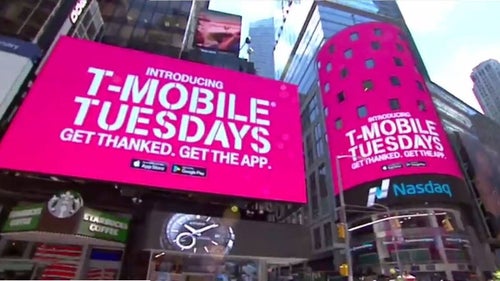

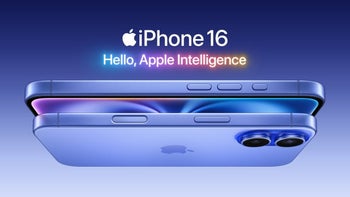
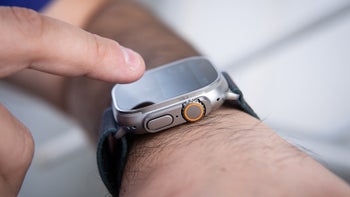
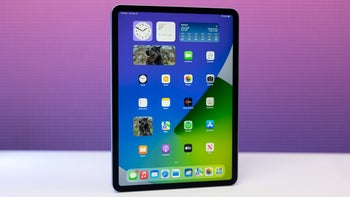


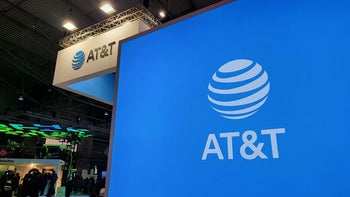

Things that are NOT allowed: